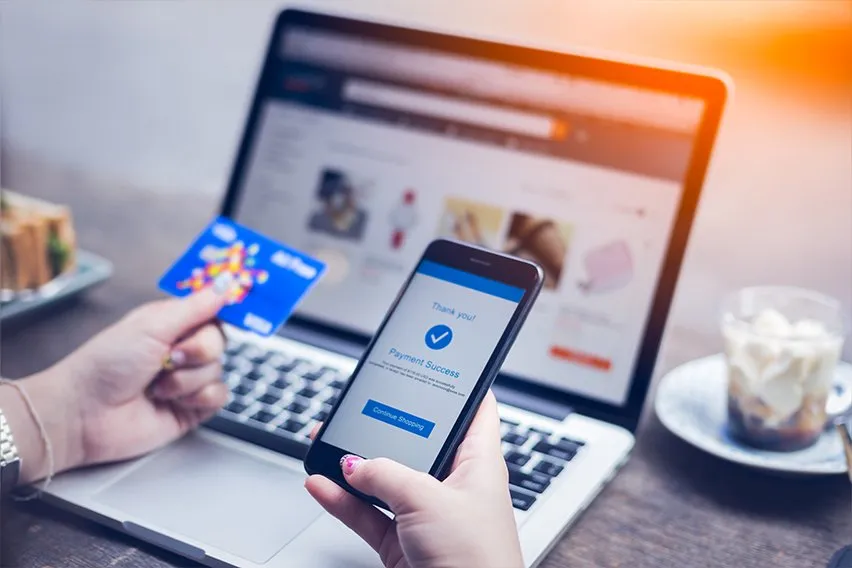The fast growth of digital transactions has triggered the increasing threat of fraudulent payment gateways. Stolen financial data, along with money, is the result of scammers who create fraudulent payment platforms to trick users. Compare and contrast fake payment gateways to legitimate payment systems because they deceive users into providing their financial information. The data collected by scammers permits them to conduct unauthorized payments and identity theft operations, and such information has become profitable on the dark web.
Protecting your money demands that you learn how fake payment gateway operations work together with the ability to spot warning signs. The following article provides complete instructions for recognizing and stopping fake payment gateways and financial fraud attempts.
Understanding Fake Payment Gateways
Payment gateways that mimic real online payment systems fail to provide proper security features with encryption services. The deceptive payment systems replicate genuine payment processors, so users find it hard to distinguish their differences. Cybercriminals employ various methods like phishing messages and Rogue advertising alongside fake store websites, which trick victims into providing financial information.
Fake payment gateway victims risk their payments being stolen while their accounts become frozen because of identity theft. The outcomes of this type of manipulation lead to serious financial damages and make it harder to retrieve the stolen money from scammers.
It’s crucial to be vigilant and step in carefully before cashing out small payments for any digital venture.
Key Signs of a Fake Payment Gateway
People who notice suspicious payment gateways during an early stage prevent themselves from suffering financial damages. There are several important warning signals that people should examine before they perform an online payment.
1. Suspicious URL and Domain Name
A payment platform demonstrates legitimacy through safe HTTPS encryption, which requires valid SSL certificates. The URLs of deceptive payment gateways look similar to official ones yet incorporate minor modifications to the domain names or addresses. It is essential to verify that the payment platform domain matches exactly with the official website of the provider.
2. Rich Website Design and Functionality
Scammers construct websites in a hasty manner that display broken links together with spelling mistakes, and dysfunctional buttons. A payment gateway looks suspicious when its design appears unprofessional with its unusual formatting layout.
3. Lack of Merchant Information
The system of trustworthy payment gateways includes a clear presentation of merchant information, including the business name with contact details, and accessible customer support resources. Users should stay away from payment gateways that do not disclose their company information or display fake addresses, or refuse to show transparency.
4. Requests for usual Payment Methods
Untraceable payment methods such as cryptocurrency and wire transfers, together with gift cards, form part of the payment requests from fraudulent gateways. The payment method, due to its nature, creates an obstacle for customers to obtain refunds and makes chargebacks impossible. You should stay away from such payment gateways because they aim to force users into risky payment choices.
5. All Customer Support or Verified Reviews
All creditworthy payment processing companies include a professional customer service team that helps users resolve their payment issues. Payment gateways operated by scammers typically fail to deliver valid customer contact information, except for fake telephone numbers. An online payment service without verified reviews from reliable sources tends to be illegitimate.
How to Protect Yourself from Fake Payment Gateways
Following these steps can help ensure your online transactions are secure and prevent potential fraud:
- Assess URL legitimacy through verification of HTTPS encryption with confirmation of the official domain. Be cautious about URLs that try to deceive customers.
- Select payment methods from established processors such as PayPal and Stripe, and major banks. Research payment gateways that you are not familiar with before you make transactions.
- Inspect your bank statements frequently for unauthorized spending. Straightaway inform authorities about unusual payments, then follow the procedure to suspend your payment card.
- Stay alert for emails that try to dupe you since they contain links that should be avoided. Your information will gain protection if you mark doubtful messages as spam.
- Learn to identify popular scams while teaching others to recognize dangerous payment gateways.
Final Thoughts
Customers need to stay alert about fake payment gateways because these fraudulent approaches present major financial security threats. Regularly verify the payment platforms before making transactions and confirm security encryption along with using trusted processors, and report any suspicious websites whenever you can. The protection of financial data with safe transactions can be achieved by being watchful and following secure payment practices online.







